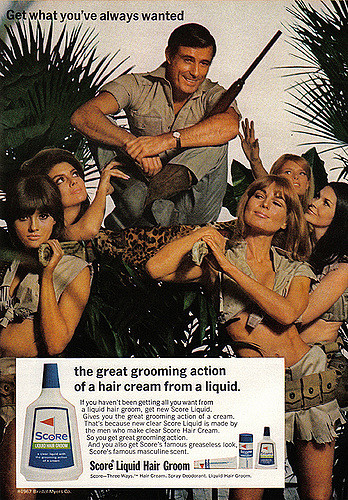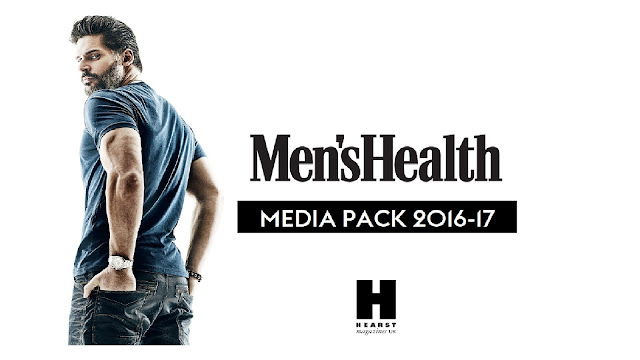Magazines: Oh Comely - Representation
Work through the following questions on representation and Oh Comely:
1) How do representations in Oh Comely challenge stereotypes?
Women are represented in their natural and real way (i.e. not photoshopped or selectively chosen to be skinny). They are also represented as extremely intelligent people, whereas the stereotypes of women place them in a domestic environment. Furthermore, stereotypes of gender are challenged.
2) What representations of race, ethnicity and nationality can be found in the 'Speaking Out' feature?
Race, ethnicity and nationality are very diverse in this feature. They are all represented in a positive way.
3) What representation of women and femininity can be found in Oh Comely?
Women are represented very positively and in an empowering way. Feminity is represented as something that can exist in all women, no matter what they look like and what they do.
4) Why might Oh Comely deliberately under-represent men? (The absence of men in the magazine appears to be a largely deliberate move by the editors).
They want to focus on women and inform their readers that men are not needed for a woman to feel powerful, beautiful or strong- she just needs herself.
5) Does Oh Comely fit into the possible fourth wave of feminism? Or is it evidence of post-feminism - that feminism is no longer needed?
I think that Oh Comely does fit into the fourth wave of feminism. This is because they are sending out their ideas through social media and print. It is definitely not evidence of post-feminism. In fact, it provides evidence that many people still believe that sexism exists as they feel the need to create and publish a highly feminist magazine.
6) How does the 'More than gender' feature challenge Levi-Strauss's structuralist theory of binary opposition?
This feature highlights the fact that gender does not have two opposites. It is much more fluid and can change if a person wants it to. We are in control to construct our own identities.
7) Judith Butler argues gender is a performance. How does Oh Comely challenge traditional gender roles? You should refer to both the cover and the selected CSP features.
The cover of the magazine challenges traditional gender roles as it is very ambiguous. The model, despite being female, is wearing hardly any makeup and is wearing non-revealing clothing. The Speaking out feature contains 5 women that are represented in a natural and real way. The magazine overall puts an emphasis on intelligence rather than the pressure on women to look a certain way.
8) Angela McRobbie explored the empowering nature of women's lifestyle magazines in the 1990s. Oh Comely seeks female empowerment in a different way. What differences can you find between Oh Comely and more traditional women's lifestyle magazines such as Cosmopolitan or Glamour?
Traditional women's lifestyle magazines, such as Cosmopolitan or Glamour, aim to encourage women to change themselves to fit into the image of a 'perfect' woman that has been created by society. However, Oh Comely does the exact opposite and encourages women to ignore society and just be themselves.
9) David Gauntlett argues that identity is becoming more fluid, media representations change over time and that there are generational differences. Does Oh Comely support this viewpoint?
Yes, the More than Gender feature supports this.
10) It has been argued that Oh Comely is a far more open text (Stuart Hall - encoding and decoding) with more room for negotiation in interpretation. Do you agree with this view? Why?
I agree that Oh Comely is a much more open magazine compared to others. The cover lines and text is simple and ambiguous, which leaves the reader free to interpret their own opinions.



Comments
Post a Comment